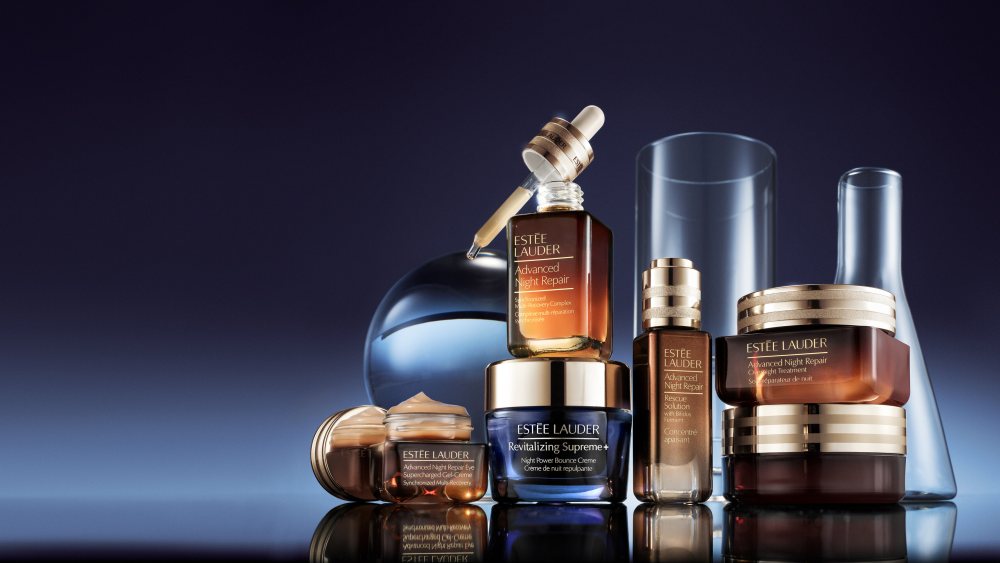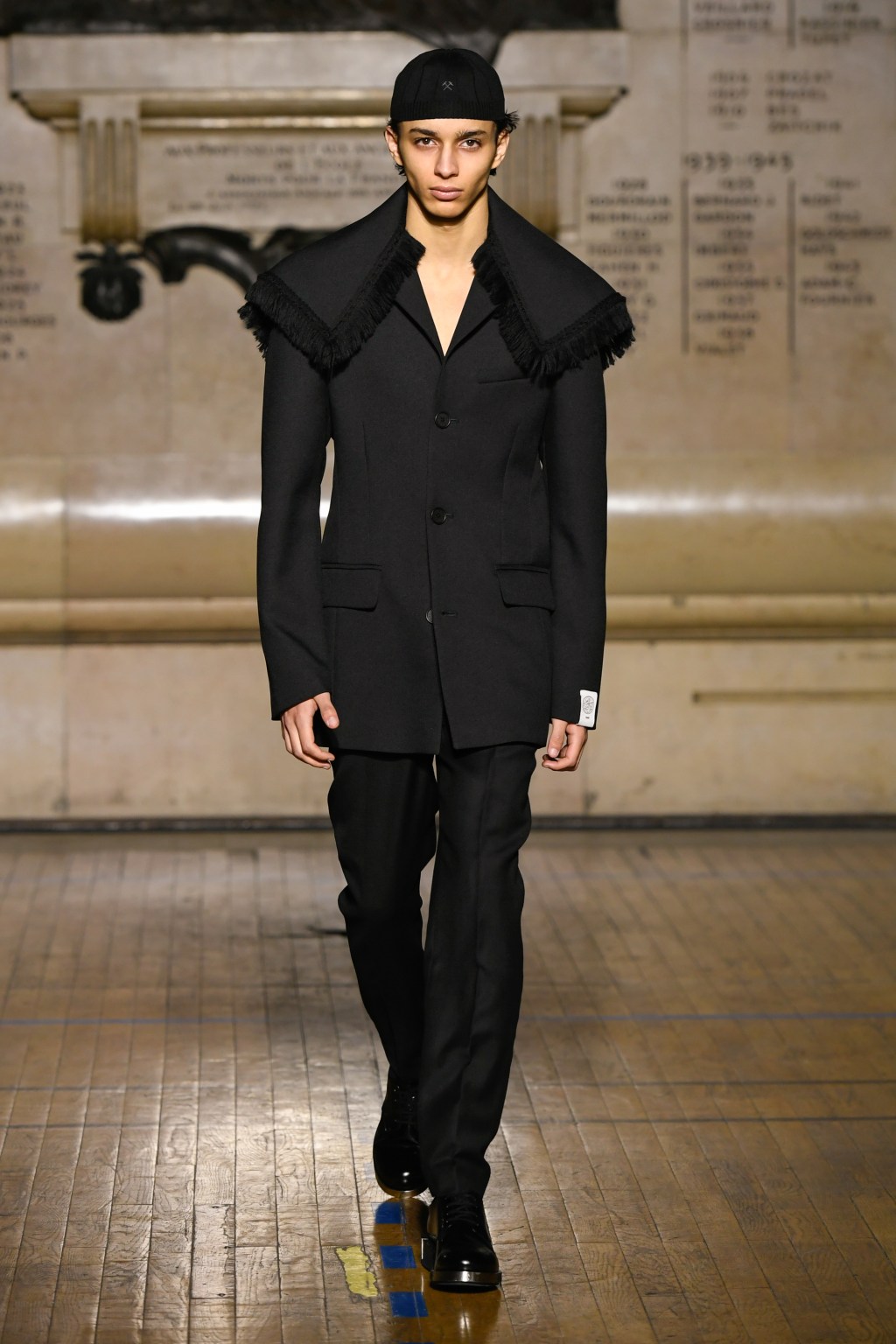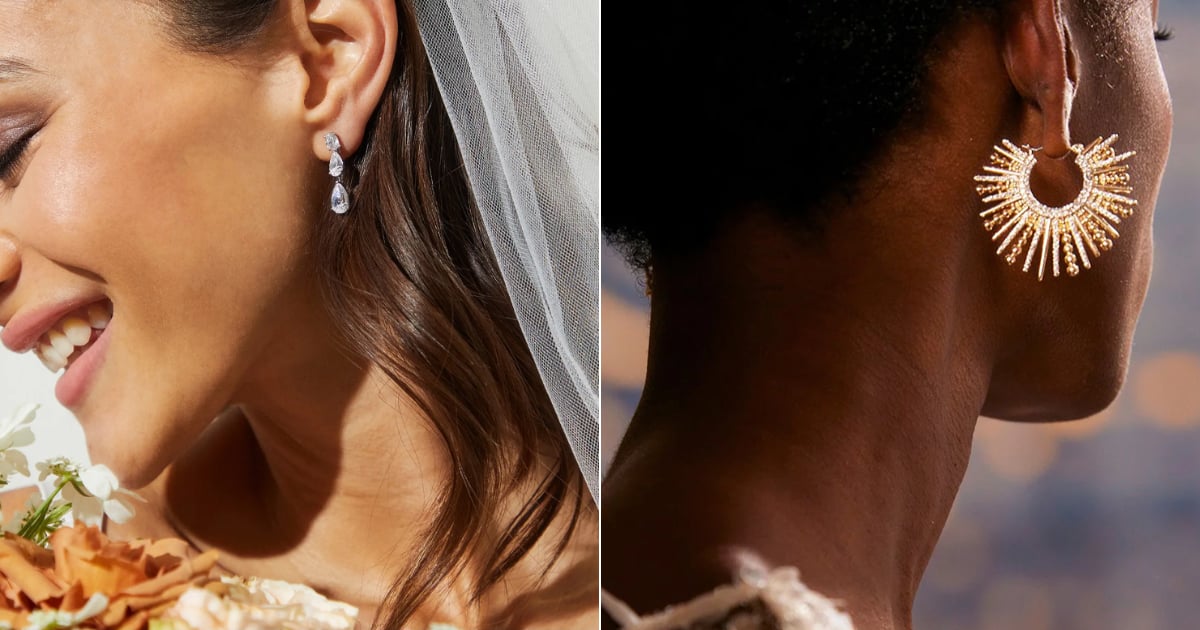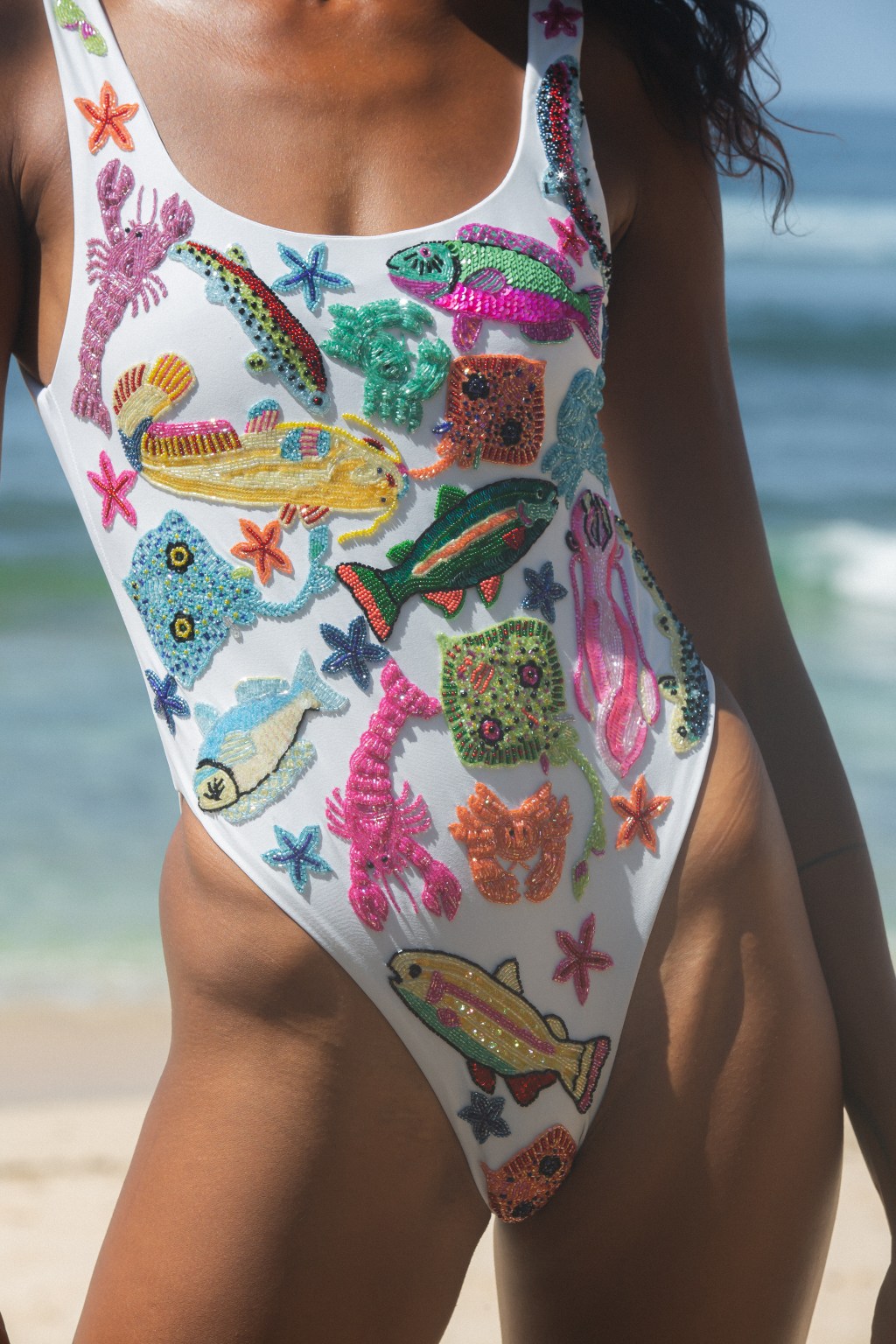
Amazon is edging in on prestige beauty, and consumer appetite for the luxury brands that have long resisted the behemoth is only growing.
NIQ reports that Amazon is the top beauty and personal care retailer in the U.S., and while Premium Beauty only comprises 9 percent of sales, those brands jumped 35.5 percent in dollars and 34 percent in units for the 52 weeks ending Nov. 2.
As for whether luxury brands will have to join, experts increasingly think they will.
Giorgio Armani Beauty, Lancôme and Estée Lauder are among the prestige players on Amazon, though others have yet to join. Experts agreed, however, that Amazon’s market impact is undeniable even for top-tier brands and is only expected to grow.
Related Articles
“All signs point towards continued growth for Amazon in 2025,” said Anna Mayo, vice president of beauty and personal care thought leadership at NIQ, adding that Amazon gained 1.9 share points across total beauty last year.
The Estée Lauder Cos. added a handful of brands to the platform in 2024, starting with Clinique and including Bumble and bumble, Too Faced and more. “We’re aware that some consumers are loving offline experience, some consumers are shopping online and offline, and some consumers want to read the reviews,” said Amber English, Lauder’s president of digital and online, North America.
“They have over 160 million Prime customers, the penetration of beauty is pretty high and it felt like a natural way to reach our consumer in a different medium,” English said, but she is taking a brand-by-brand approach to see who to add next.
“We’ve launched seven brands there and we’re not in pilot mode anymore,” English said, who didn’t rule out adding more. “We’re still evaluating the brands we launched, what the learnings are and how to apply them.”
The appetite for high-ticket items with Amazon shoppers is even higher with brands that don’t currently sell on the platform. Dior gets around 1,700 monthly searches alongside the keyword “Amazon” on Google, and Chanel garners around 1,600, per Spate. Conversely, Clinique gets around 1,100 monthly searches.
The interest in designer beauty brands on Amazon is showing up on TikTok, too. Dupe content under the hashtag #AmazonFinds has seen 8.5 million views for videos mentioning Dior, for example.
Luxury manufacturers have historically found the platform limited in terms of brand expression and storytelling. On Amazon’s end, that seems to have changed.
“We weren’t interested in launching our brands on Amazon in a catalog kind of way,” English said. “We thought of the barriers to entry on our brands, and Amazon was an active participant in helping us think about those barriers and how we solve those problems in a digital context.”
Cases in point: Clinique has a virtual diagnostics tool on its Amazon storefront; Estée Lauder has a virtual try-on tool.
“There are going to be a lot of brands joining Amazon in 2025,” agreed Vanessa Kuykendall, chief engagement officer, Market Defense. “Consumers are buying knockoffs or dupes of their favorite fragrances on Amazon. That should signal to premium brands that because their product is already leaking onto there, they should take ownership of that consumer.”
Kuykendall is particularly bullish on fragrance on the platform — ”We’ve already see Dossier had a great cyber week as the number-one fragrance on Amazon,” she said — and the platform also exposes brands to new customers.
“You can’t ignore the halo effect it has, on the awareness level, on other channels,” English said. “Consumers are reading the brand store and product pages [on Amazon], and then may go to a Sephora, Ulta or Macy’s to experience the brand. It’s about how we meet the consumer to tell our story.”
Amazon represents a missed opportunity for those that have eschewed it, said Wendy Liebmann, founder and chief executive officer of WSL Strategic Retail. “The luxury shopper, for a long time, has been certainly on the platform, and it’s a missed opportunity for these brands to not be a part of it,” she said.
“Our point of view has always been to follow the shopper, and luxury brands have been slow to understand that’s where their shoppers are,” Liebmann continued. “If you think about how people come to learn about a brand or build community around that knowledge or experience, it’s not just at the beauty counter anymore.”



